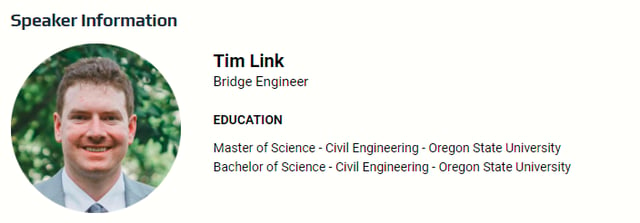2D Grillage Analysis of Curved Steel Box Girders
1 min read
Author: Tim Link
Publish Date: 11 Nov, 2018
Project Summary
Engineering Consultant:
David Evans and Associates
Project Name: Load Rating Complex Bridges
Project Location: Portland, OR
Performed Analysis: Multi-bridge 2D grillage models with many unique live load lane
Project Name: Load Rating Complex Bridges
Project Location: Portland, OR
Performed Analysis: Multi-bridge 2D grillage models with many unique live load lane
definitions
This project included the load rating of all steel box girder bridges in Oregon. The work was performed by David Evans and Associates Inc. (DEA) for the Oregon Department of Transportation (ODOT). DEA was hired to develop the rating procedures, create the tools, and
This project included the load rating of all steel box girder bridges in Oregon. The work was performed by David Evans and Associates Inc. (DEA) for the Oregon Department of Transportation (ODOT). DEA was hired to develop the rating procedures, create the tools, and
rate these bridges. This presentation will focus on the Midas modeling of the steel box girders of the East Fremont Approach Bridges. 2D grillage models were used for the more complex approach bridges, which had multiple decks, curved, skewed, and splitting box girders. Midas was used to obtain both live load and dead load demands. The models were almost exclusively created with MCT command shells. Excel workbooks were created to produce the MCT command shell files to allow for rapid and accurate model creation for complicated bridge geometry.

Technical Challenges and Solution #1
Challenges of complex geometry of the bridges (split, flare, curve, etc.) are resolved by taking the 2D grillage modeling type and automatic modeling method by using Excel, CAD, and MIDAS Text file altogether.

Technical Challenges and Solutions #2
The complex geometry resulted in the challenges that AASHTO distribution factor rule was not applicable and analysis and processing time was very long. These challenges are resolved by placing lanes based on lever rules and optimizing analysis run time by computing necessary results for each review purposes (comparing, final, report, etc.).

Presentation Slides
| |
Speaker : Tim Link Category : Bridge Software : midas Civil Date : 2017-08-16 |





Add a Comment